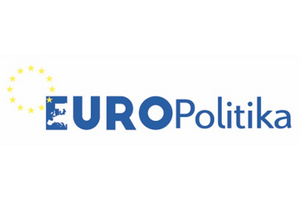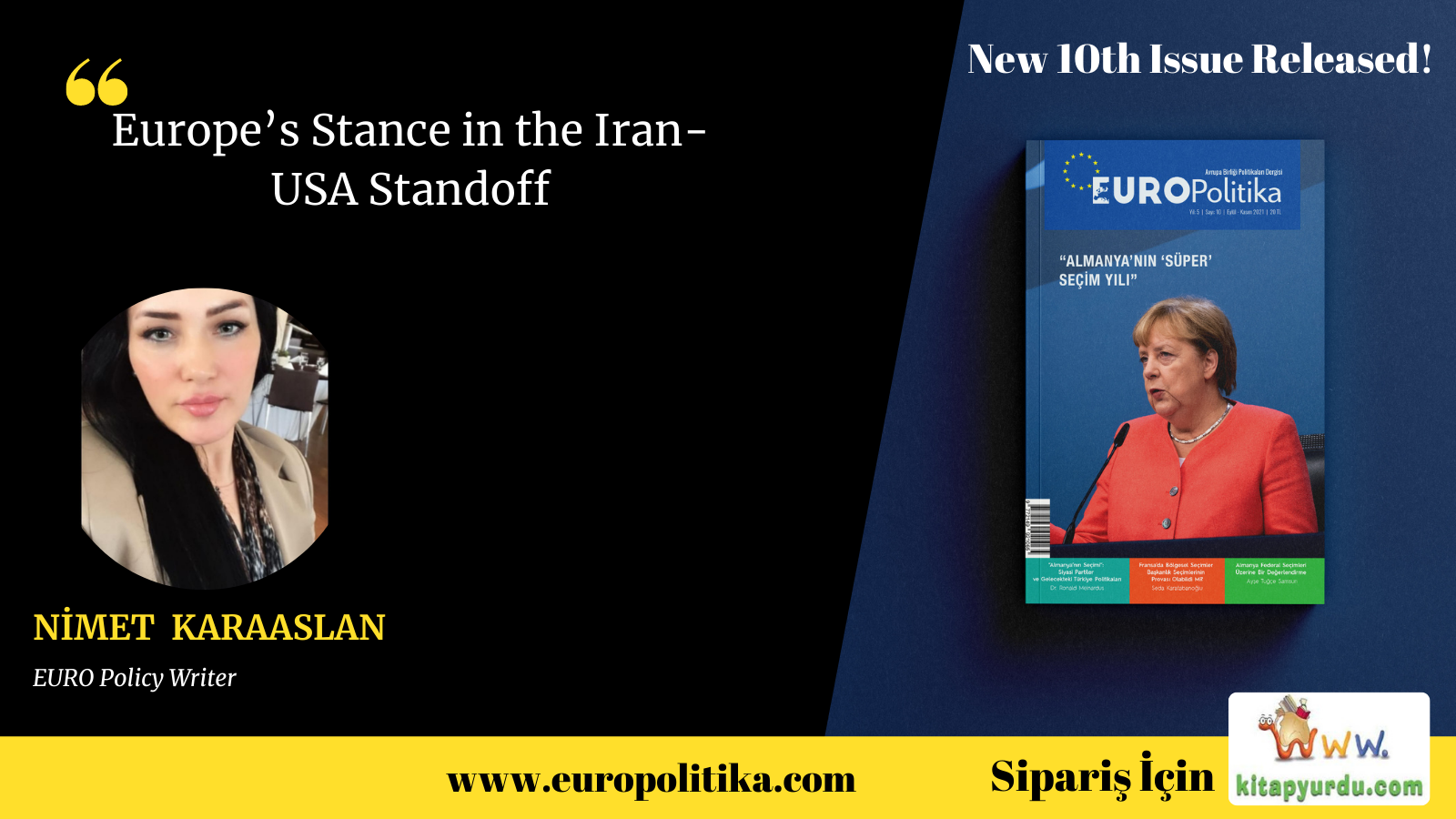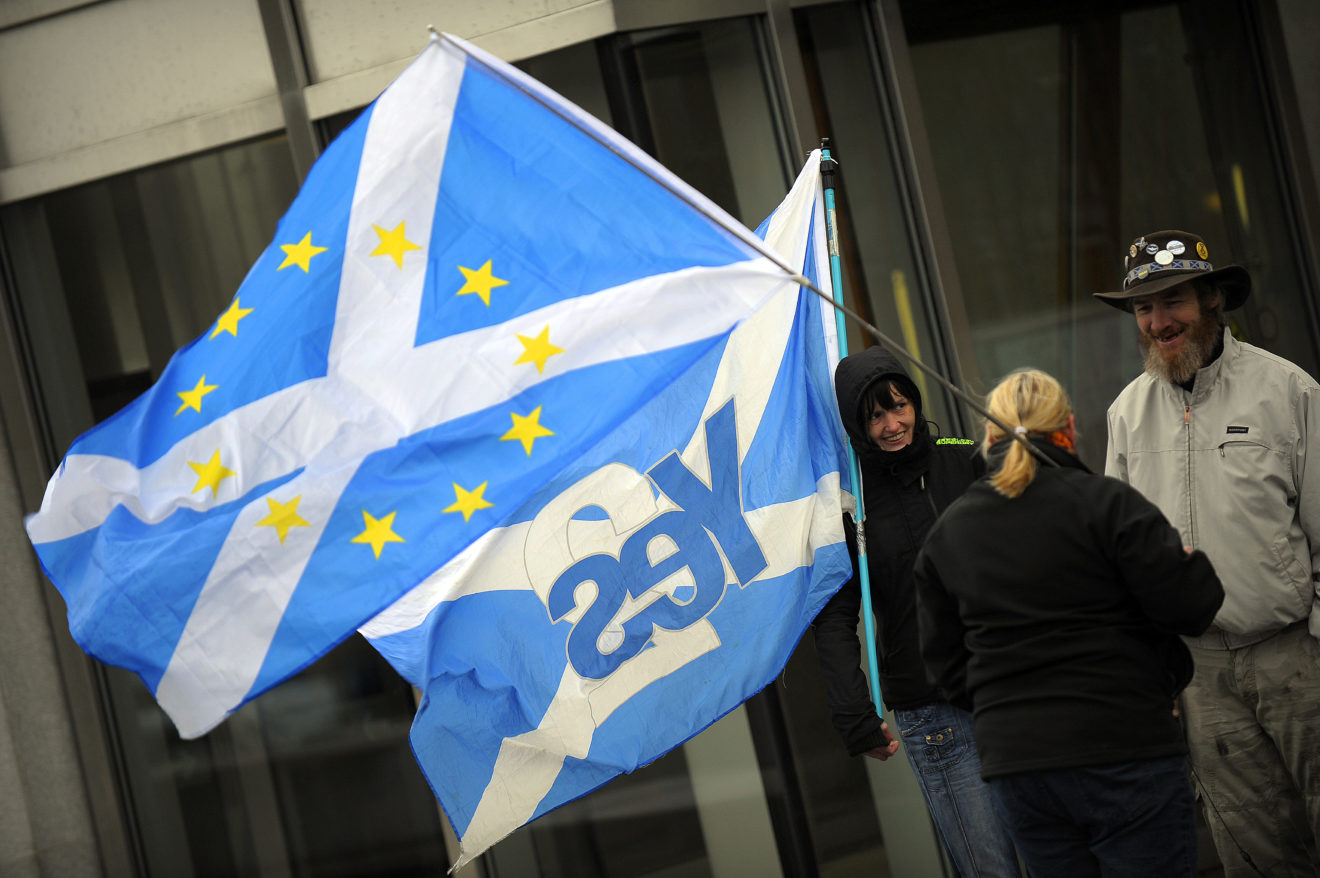EURO Politika – NEWS [EN] By Nimet KARAASLAN
Sanctions, embargoes, nuclear crisis, agreements, negotiations…Iran-USA relations in the shadow of a 68-year standoff.
In the history of the Iran crisis that has lasted for more than half a century, the nationalization of Iran’s oil looms large. The Iranian Prime Minister of the time, Muhammed Musaddık, took this step and plunged the United Kingdom (UK) and the USA into high anxiety because for both the UK and the USA Iranian oil had extreme importance for the post-World War II economic structure. Mussadik, though, paid the price of his decision to nationalize oil when he was ousted in a coup that was orchestrated by the UK and the USA on 19 August 1953.
Four years after this coup, in 1957, the USA signed a civilian nuclear cooperation pact with Iran. But the nuclear work that began in 1957 turned into a crisis as the years passed and with sanctions and embargoes Iran’s economy was dealt a severe blow.
The 1979 Iranian Revolution caused a change in the dynamics of the Middle East. After that date, the proponents of the revolution raided the USA’s embassy in Tehran, which became the most important factor in the severing of diplomatic relations between the two countries. In the ensuing 42 years after the embassy raid, the flow of USA-Iran relations undulated. However, this negative flow in relations did not impact only the USA and Iran – countries trading with Iran suffered greatly from this situation, as well.
A triangle comprised of Iran, the USA and the European Union (EU) has left the latter in a situation where it is at the mercy of the ebb and flow of the tides within the shadow of the USA’s attitude toward Iran and has ultimately been deprived of engaging in commerce with Iran.
As the result of the USA’s pressure on Iran, EU countries have not been able to develop commercial relations with Iran to the degree desired. Actually, though, there have been some initiatives aimed at providing stimulus to trade relations and to resolving the nuclear disagreement. In this context, within the last 10 years the INSTEX mechanism has come about by means of the Joint Comprehensive Plan of Action (JCPOA) agreement.
The JCPOA was signed in 2015 by the five permanent members of the UN Security Council (USA, Russia, China, France, UK) and Germany and Iran. At that time, Barack Obama was the sitting USA president.
This groundwork for this agreement was formed by a telephone conversation between Obama and Iranian President Hasan Ruhani in 2013. This conversation had the aspect of being the first contact between the two nations, which had not had diplomatic relations for 34 years.
The process proceeded in a friendly climate under Obama-Ruhani direction and then the JCPOA was signed. The agreement stipulated inspection of Iran’s nuclear facilities and in return the sanctions against Iran in the oil, natural gas, finance, air and maritime transport sectors were to be lifted. In this way, Iran would obtain the right to access its frozen assets outside the country and get the chance to sell its oil on the world market.
When the JCPOA was signed it was seen as an historic success for European foreign policy, considered as having been the consequence of diplomatic efforts by Germany, France and the UK.
Within a short time, Europe began to reap the fruits of these efforts and there was a sizeable increase in the volume of trade, such that the trade volume between the EU and Iran that had been 7.5 billion Euro up until 2015, increased after the nuclear agreement to 14 billion Euro in 2016 and to 21 billion Euro in 2017.
But at this point the administration in the USA changed. The Obama period ened and the Donald Trump tenure began. Even before becoming president, Trump had made known his opposition to the nuclear agreement and he characterized the JCPOA as “the worst agreement in the world”.
Although German and France, both of which did not want to see the newly envigorated trade between Iran and Europe damaged, tried in vain to convince Trump not to withdraw from the agreement.
With Trump’s decision in 2018, the USA announced its withdrawal from the agreement and sanctions were put back on the table, renewing the tensions between Washington and Tehran.
Following Trump’s decision, German Chancellor Angela Merkel, UK Prime Minister Theresa May and French President Emanuel Macros issued a joint statement: “We call on Iran to maintain its composure in the face of the USA’s decision and for Iran to fulfill its responsibilities in the agreement and to continue full cooperation. “
The European allies reacted negatively to Trump’s unilateral decision and sent a message that they would remain faithful to the agreement. However, as time passed their decisiveness wavered and they were forced to follow the USA’s policy vis-a-vis Iran.
So Europe became the worst affected element of this political maneuvering between the USA and Iran. After Trump’s decision, the EU’s trade volume with Iran shrank to 5 billion Euro in 2019, from 18 billion Euro in 2018.
Europe had to put its commercial activities on hold because of the USA, but instituted the INSTEX trade mechanism in 2019. Certainly, the main actors in INSTEX were Germany, France and the UK. By means of this mechanism the way was opened for trade with Iran for EU investors without using U.S. dollars.
In 2019-2020 the tension between the USA and Iran escalated significantly and turned into a clash, with Iran shooting down a USA drone and Shiite militia forces raiding the USA’s embassy in Baghdad. Meanwhile, the USA conducted a rocket attack on Baghdad’s airport.
And today…Iran’s new President İbrahim Reisi took the oath of office last month and began his term. In his first announcement after the elections, Reisi criticized both the USA for breaking faith with the 2015 nuclear agreement and the EU for abandoning the pact.
The biggest crisis between the USA and Iran involves the sanctions. It is uncertain whether the two nations will find common ground and reach an agreement…the basic unanswered question is whether or not Iran will open a new page with Europe…
Because, just as a new period is beginning in Iran with Reisi, so, too, in Germany a period without Merkel will begin. Chancellor Merkel has announced that she will not be a candidate again, as her current term of office ends, and she will leave the prime minister position this month. Germany, which has the world’s fourth largest economy and is the political and economic giant of the EU, plays the pivotal role in relations with Iran. The stance of Germany, as the leader among the European allies, will guide the EU’s policy toward the Middle East in the upcoming period. In the event that Germany and its EU allies repeat the effort they made in 2015 and are able to find common ground between the USA and Iran, then this will be a great victory for Europe.
USA President Joe Biden’s inclination to choose diplomacy regarding nuclear talks with Iran is being seen as a “moderate” position. However, Iranian President Reisi’s attitude concerning the lifting of sanctions indicates that re-startng negotiations will not be easy.










